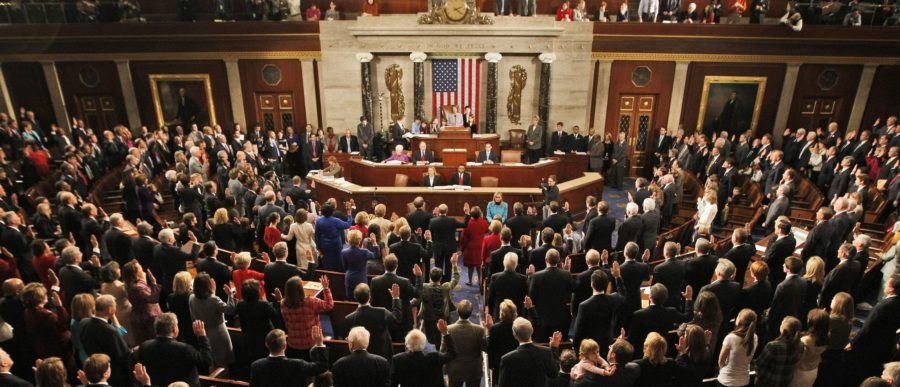By Daniela Santos
“Government shutdown” has been the phrase for the past three weeks that has not left headlines or conversations. Although the redundancy of the subject has come to a conclusion, many have yet to grasp exactly what just happened.

To begin explaining one needs to first understand that the United States’ Federal Budget was close to facing a dead end and Congress had days to make an agreement on how to stall a possible shutdown. A budget is an estimate of incomes and expenses that is set for a certain period of time. Our Federal Budget consisted of various puzzle pieces of different shapes and sizes, including: defense, Affordable Care Act (Obamacare), National Guard, national parks, WIC, FEMA, NIH, and veterans services.
To avoid the budget from expiring on Sept. 30, Democratic Senate Majority leader Harry Reid was in favor of passing a solution that would let the government continue on as they were. Both the House and Senate were on board until Republican Texas Senator Ted Cruz disagreed on funding for Obamacare. This argument influenced Republican Speaker of the House John Boehner to negotiate passing a budget without Obamacare.
Reid and the Democratic Senate refused the offer, and this would be the answer that would not change despite any compromises. During and after the deadline, Boehner then discussed delaying part of Obamacare (like repealing a tax on a number of medical devices, and taking out a mandate that employers used to cover contraception) and revoking the subsidy given to government staffers to purchase health insurance, both of which were denied.
Effects that occurred due to the past couple of weeks had varied impacts depending on the service. For example, national parks and Smithsonian museums closed. Income borrowers and first time home buyers faced delays if they wished for government-backed mortgages. Similar delays took place in Social Security and Medicare benefits when processing new disability applications. In the federal courts, business days decreased and faced the risk of possible furloughs if the shutdown lasted longer. In the NIH (National Institutes of Health), medical research was disrupted and some studies were delayed as well. The service that affected the majority of Americans was probably how the Food and Drug Administration had to suspend most of their routine safety inspections (excluding meat).
Despite all the arguments and debates, it is safe to say that a solution has come. On Wednesday Oct. 16 a bipartisan bill was passed by Con

gress. The Senate voted 81-18 to approve the bill and the House concurred with a 284-144 vote. The bill is set to fund the government through Jan. 15, 2014, and this time the Treasury Department are prepared to temporarily extend its borrowing capacity beyond that date if Congress fails to act early next year. With Barack Obama’s signature as the icing on the cake, everything is back to normal.







